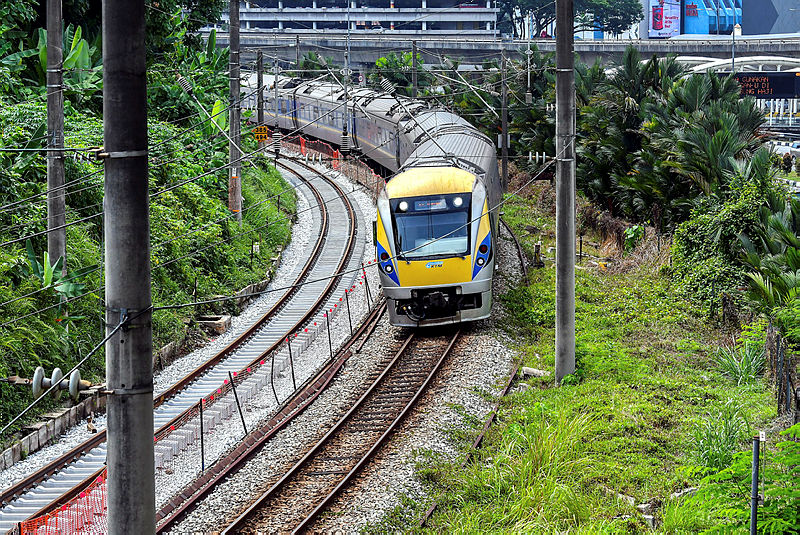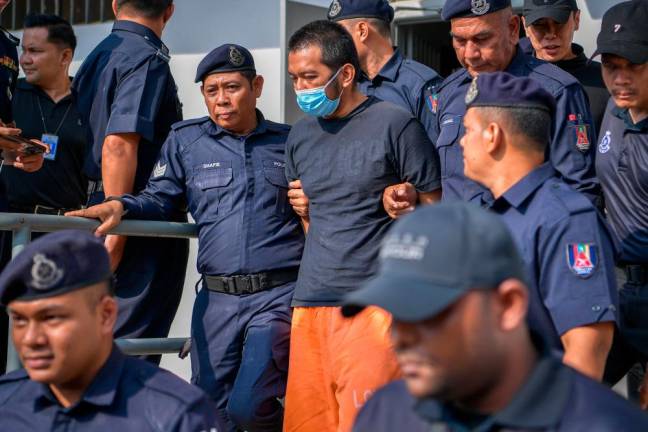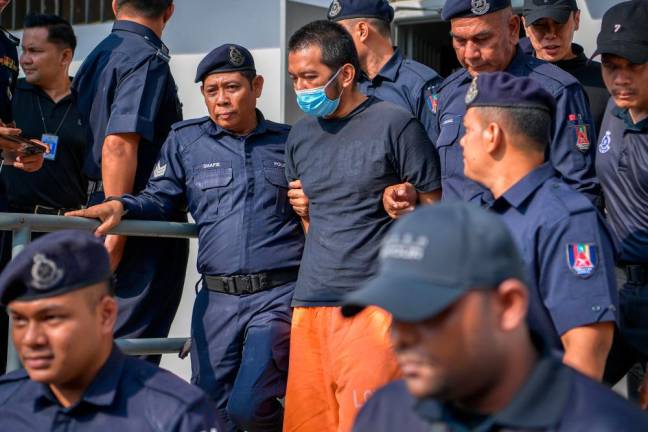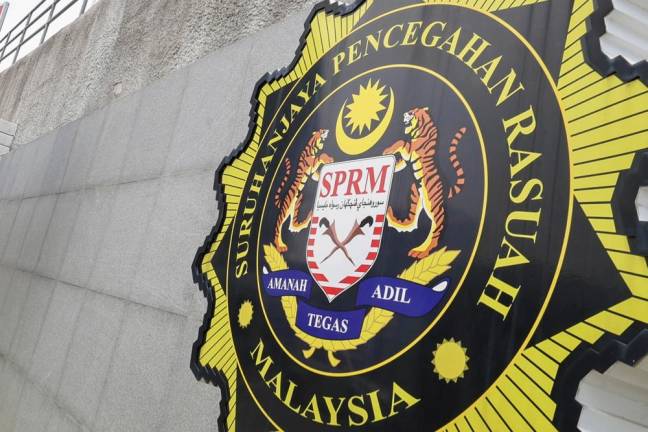KUALA LUMPUR: On April 14, two men believed to be Myanmar nationals were killed after they were struck by a KTM commuter at Km371.7 of the Sungai Buloh-Kepong track.
The tragedy saw two more lives lost due to trespassing on railway tracks.
Last year alone, a total of 17 people died after they were hit by a train at various location along KTMB’s 1,655km track. Every life is valuable.
Deaths from mishaps involving an increasingly modern public transportation sector that has been contributing to the development of this nation for over a century are indeed regrettable.
Train operations
Today, Keretapi Tanah Melayu Berhad (KTMB) operates its train services across the peninsula, carrying a total 108,352 passengers a day or 3.29 million people a month.
According to KTMB Corporate Communications head Ahmad ‘Asri Khalbi, the company also moves almost 500,000 tonnes of cargo a month or 5.8 million tonnes of cargo a year.
He said with its passenger load approaching 40 million a year and being a leader in terms of national rail operations, KTMB shoulders heavy responsibilities.
“Besides ensuring that all its passengers and cargo move from one destination to another according to schedule, it also has to make sure that they arrive at their destination safely.
“Hence, each time there is a case of trespassing or theft or an accident involving humans or animals, KTMB’s operations in particular and the country, in general, will be affected,“ he said.
Efforts to educate the public
‘Asri said besides the 17 deaths, last year KTMB also recorded 53 cases involving collisions with livestock, 86 cases of equipment and cable thefts and 14 incidents where stones were pelted at the trains.
In 2018, KTMB recorded a loss of almost RM200,000 to replace the stolen equipment and repair assets that were damaged as a result of the collisions with livestock.
KTMB has taken various proactive steps to reduce the incidence of mishaps and will continue with its efforts to ensure that its train operations are not plagued by such incidents.
This includes campaigns throughout the year to educate and remind users and the public about safety aspects near rail assets such as tracks and stations.
KTMB also conveys its safety message to its commuters through face-to-face interactive communications and the new media.
Rail safety briefings are also conducted regularly at educational institutions and community centres, as well as for stakeholders.
It has also placed warning signs, installed closed-circuit television cameras and enhanced security measures throughout its operational line.
KTMB’s Auxiliary Police Unit has also been beefed up and as of December last year, a total of 170 people were detained by the unit for various offences, including trespassing the tracks.
Danger
These efforts, however, have yet to put a complete stop to the occurrence of untoward incidents that have an impact on rail operations that function 365 days a year.
As KTMB introduces modern, high-capacity, train sets that are faster and quieter, it is beset by more complex challenges that call for increasingly challenging security measures.
KTMB’s electric train (ETS), KTM Intercity, KTM Commuter and KTM Cargo services deploy trains that run at a speed of between 80 and 140 kilometres an hour.
Besides trains that operate according to their commercial schedules, KTMB’s unscheduled operations -- such as those involving its auxiliary train, track recording car and specially chartered trains -- also pose their own danger.
Apart from that, the electrified double-track running from Padang Besar and now extended to Johor Bahru, which is powered by up to 25,000 kilovolts of electricity, also poses a potential risk of electrocution if the safety measures and guidelines provided are not complied with properly.
No room for carelessness
On Dec 19, 2015, a grass-cutter died on the spot after he was struck by a commuter train whilst trying to take a selfie at the KTMB track in Nilai, Negri Sembilan.
The victim was standing close to the track and he was reportedly taking the photograph to show his employer that he had completed his work for the day. The victim was not aware of the oncoming train; nevertheless, he should have exercised more care considering that he was standing beside a railway track.
In another incident that occurred on March 3, 2017, two brothers were killed when they were hit by a commuter train while crossing a railway track near Kampung Jawa, Klang. The two men would have still been alive if they had used the nearby overhead pedestrian bridge.
Meanwhile, KTMB has also been encountering three to eight cases of collisions involving livestock on a monthly basis last year, with each incident causing damages to its assets and delays in train services.
Preventing accidents
“Just imagine an ETS train travelling at up to 140kph with almost 500 passengers on board colliding with a herd of cows grazing near the track.
“I don’t think we would even want to think of the consequences of the impact of such an accident. Hence, efforts to prevent such incidents from occurring should be ongoing and involve various parties,“ added ‘Asri.
Under Section 128 of the Land Public Transport Act 2010, any person who damages the fencing at any railway premises to cross the track face a maximum fine of RM1,000 or three months jail or both, while the fine for trespassing is RM500.
People who cause damages to railway property face a maximum fine of RM5,000 or three years imprisonment or both under the same act. — Bernama










